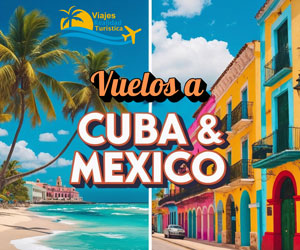Cubans overwhelmingly approved gay marriage and adoption in a government-backed referendum on Sunday, a landmark vote half a century after a wave of state persecution sent many homosexual people to forced labor camps and into exile.
Here is a timeline on same-sex marriage across Latin America and the Caribbean:
Pre-2010 – Only a handful of countries worldwide recognize same-sex marriage, mostly in Europe. Civil unions grant some marital rights for couples in Argentina, and same-sex marriage is legal in Mexico City.
2010 – Argentina becomes the first country in Latin America to legalize same-sex marriage nationwide, five years after Canada. The law includes the right to adopt, which is at the time criticized by Pope Francis, then archbishop of Buenos Aires.
2011 – Brazil’s Supreme Court rules that gay couples in stable relationships should have the same rights as heterosexual couples in terms of retirement benefits, inheritance and alimony.
2013 – France legalizes gay marriage, changing the law in its overseas Caribbean territories of Guadeloupe, Martinique and French Guinea.
A Brazilian judicial council rules that notaries cannot refuse to perform same-sex marriages, effectively legalizing it across the country.
2015 – Mexico’s Supreme Court rules that laws restricting marriage to a man and a woman are unconstitutional. A majority of Mexican states have since legalized it in separate rulings.
The U.S. Supreme Court rules that the Constitution affords same-sex couples the right to marry, extending the right across its Caribbean territories.
2016 – Colombia’s constitutional court legalizes same-sex marriage, five months after legalizing adoption for gay couples.
2017 – The British overseas territory of Bermuda’s Supreme Court rules same-sex couples has the right to marry, but this is overturned by a ban the following year. In 2022, a London appeals court sides with the government in upholding the ban.
2018 – The Inter-American Court of Human Rights rules that same-sex marriage should be recognized, a verdict that applies to most Latin American states, though many signatories have not yet adapted their laws.
Gay Brazilians rush to the altar late in the year before the Jan. 1, 2019, inauguration of President Jair Bolsonaro, who once called himself a “proud homophobe.”
2019 – Cubans approve a new constitution that removes language defining marriage as between a man and a woman. Shortly afterwards, the government says it has started work on a new “family code” that would recognize same-sex marriage.
Ecuador’s top court rules in favor of same-sex marriage.
2020 – Costa Rica becomes the first Central American country to legalize same-sex marriage, two years after its Supreme Court ruled that prohibiting it was unconstitutional.
2021 – Chile’s National Congress votes by overwhelming majority to legalize same-sex marriage.
2022 – Cubans overwhelmingly approve gay marriage and adoption in a government-backed September referendum.
Same-sex marriage remains illegal or not recognized across most of Central America, Paraguay, Bolivia, Peru, Venezuela, Suriname, Guyana and swathes of the Caribbean, according to global LGBT rights tracker Equaldex.
Colonial-era “buggery” laws banning gay sex were overturned in parts of the Caribbean but still exist in some countries including Jamaica and Barbados. (Reuters)
Sources: Pew Research Center, Council on Foreign Relations, Equaldex, Thomson Reuters Foundation, Reuters



































